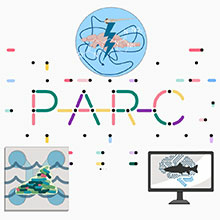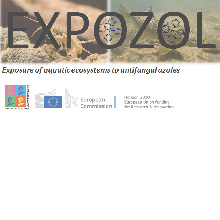Department Environmental Chemistry
Contaminant fate processes
We study the presence, fate and behaviour of organic contaminants in natural and treated waters with currently two main focuses. First, we improve and apply target and non-target analysis using high resolution mass spectrometry to obtain a more comprehensive picture of contamination in aquatic environments and to characterize natural and technical elimination processes. Secondly, we study uptake and biological transformation of contaminants in aquatic organisms to better understand the effects on the organisms.

























